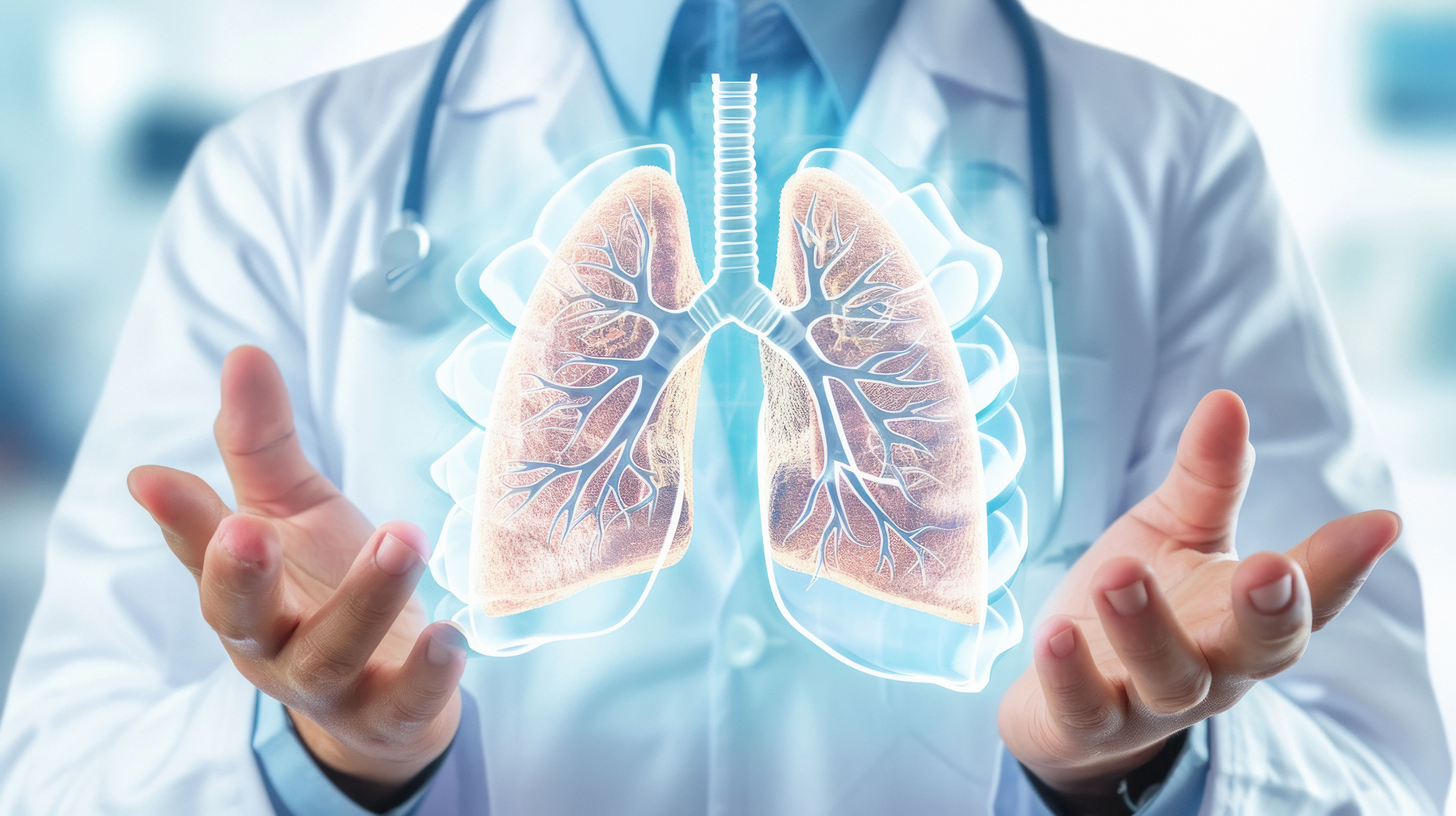Video
Early Identification of Progressive Chronic Fibrosing ILD
The importance of identifying chronic fibrosing interstitial lung disease with progressive phenotype early, and strategies to do so.
Transcript
Neil B. Minkoff, MD: It’s often a long journey. Patients get misdiagnosed along the way, maybe more than once. What can we do systematically with the clinic or payers to identify those patients earlier? And what are some of the things you should have tried?
Justin Michael Oldham, MD, MS: We’re particularly interested in this. At UC [University of California] Davis, we’ve developed a screening program where we screen all CTs performed at the institution for keywords. We have a software program that will pick out the mention of articulations or traction bronchiectasis. We get a monthly report for all of them, and we go through and figure out which ones have a pulmonologist and which ones don’t. We follow up with them. We screen all the pulmonary function tests [PFTs] done at our institution. We have an algorithm that applies this equation to every PFTs. We’ve developed a good classifier for identifying ILD with about 80% sensitivity specificity, and we do this in the primary care setting. Whenever a positive screen comes up, we follow up with the primary care physician to make sure they’re getting it for a high-res CT. We focus on high-risk populations. If you’re undergoing a CT or a PFT, it’s because you’re at a higher risk of having a lung disease. I don’t know what we can do in the general population because it’s a rare disease. Systematic screening is not cost effective. But if we focus on these high-risk groups it will yield results, especially in the rheumatologic world. If you have a patient with scleroderma, most of us agree now that every patient at diagnosis should be screened for ILD [interstitial lung disease]. The same is true for myositis and rheumatoid arthritis. Other rheumatologic diseases are less common or have lower prevalence for ILD. If we focus on these high-risk groups it will pay dividends for us.
Neil B. Minkoff, MD: Dr Danoff, do you have anything to add to that in terms of earlier detection?
Sonye Danoff, MD, PhD: We have to contextualize the delay that sometimes happens for patients who are diagnosed with interstitial lung disease. Interstitial lung disease is an incredibly rare disease in comparison with many of the more common disorders, like COPD [chronic obstructive pulmonary disease] and asthma. And for a woman like Dawn [Repola], who was healthy and active and then noticed she was short of breath, thinking that it might be pneumonia is actually probably a pretty reasonable choice. If we always jump to the rarest diagnosis, we’d be more often wrong than we would be right. Some of this delay that we appreciate is because these are very rare diseases.
The issue is not that it isn’t reasonable to consider another diagnosis first. It’s that interstitial lung disease needs to be on people’s, top 10 list—if somebody shows up who has what might be a pneumonia but doesn’t resolve, or who has rheumatoid arthritis and finds that they’re short of breath. Particularly in primary care providers, it needs to be high enough on the list of different [diagnoses] that people think of it before a lot of time goes by. And I think all of us agree that it isn’t. It shouldn’t be necessarily the first thing on your list, but it should be on your list.
Neil B. Minkoff, MD: How is the current situation around COVID-19 [coronavirus disease 2019] and access affecting this population or your ability to see patients?
Laura Hummers, MD: Right now, I’m not in the clinic at all. All the medicine we’re doing now, with rare exception, is 100% telemedicine. I can certainly assess for somebody’s symptoms or if things are getting worse. But we’re limited. We don’t have the ability to get some of our screening tests done, like pulmonary function tests. Patients are frankly afraid to go into the hospital to get tests done or to see their physicians because they’re immunosuppressed or they have lung disease. We’re limited in our ability to get this ancillary data that we rely on to help assess when our patients are getting worse.
Sonye Danoff, MD, PhD: I’ve been most impressed with how few of my patients have been affected with COVID-19. I credit that to fact that our ILD patients are very well educated that when it comes to viral seasons, they need to be exceptionally careful. Our patients were self-isolating before that word came up, and they’ve done an amazing job of doing what was necessary to stay out of harm’s way.





